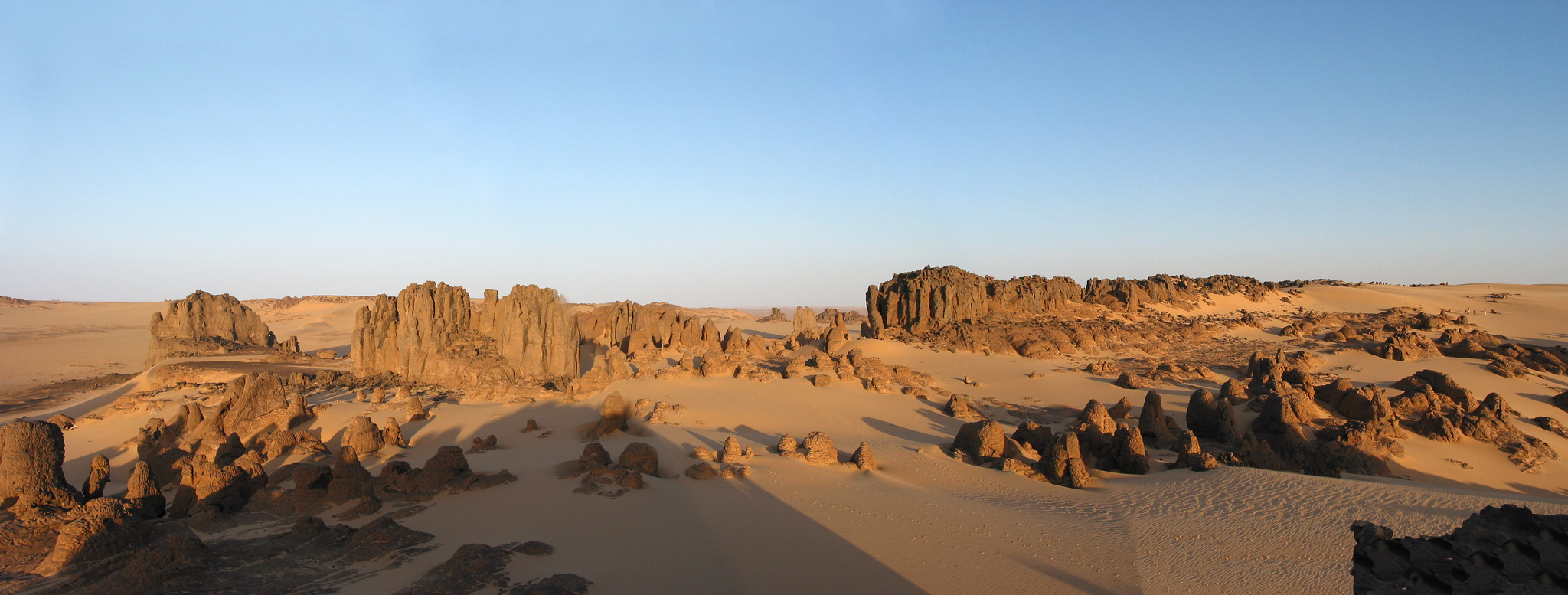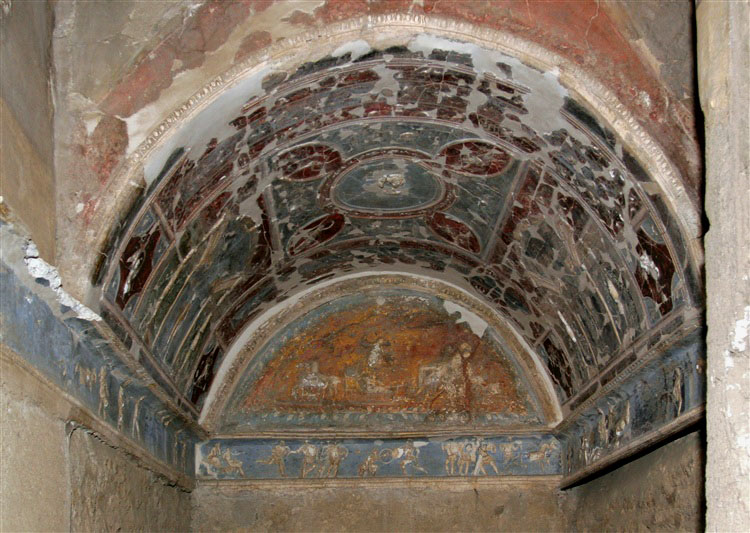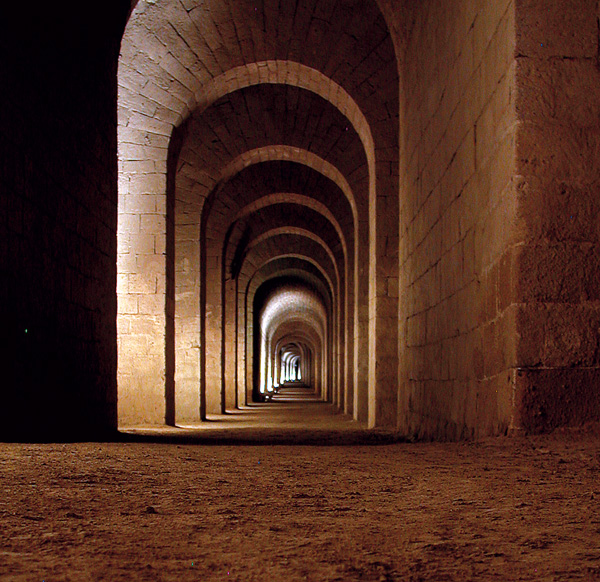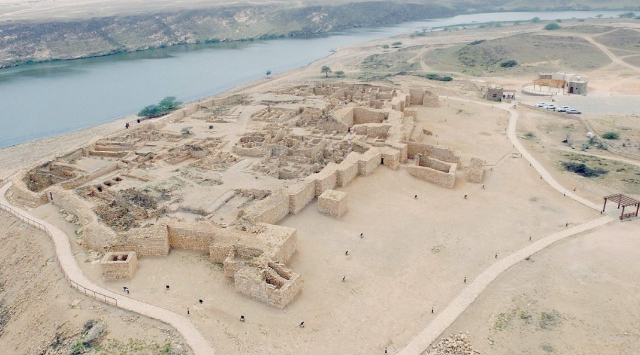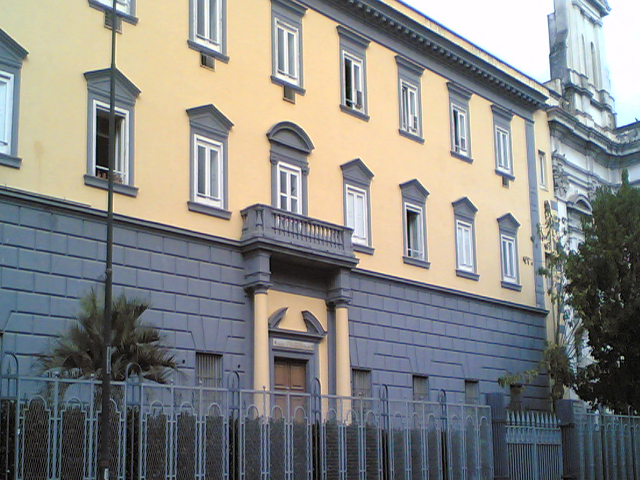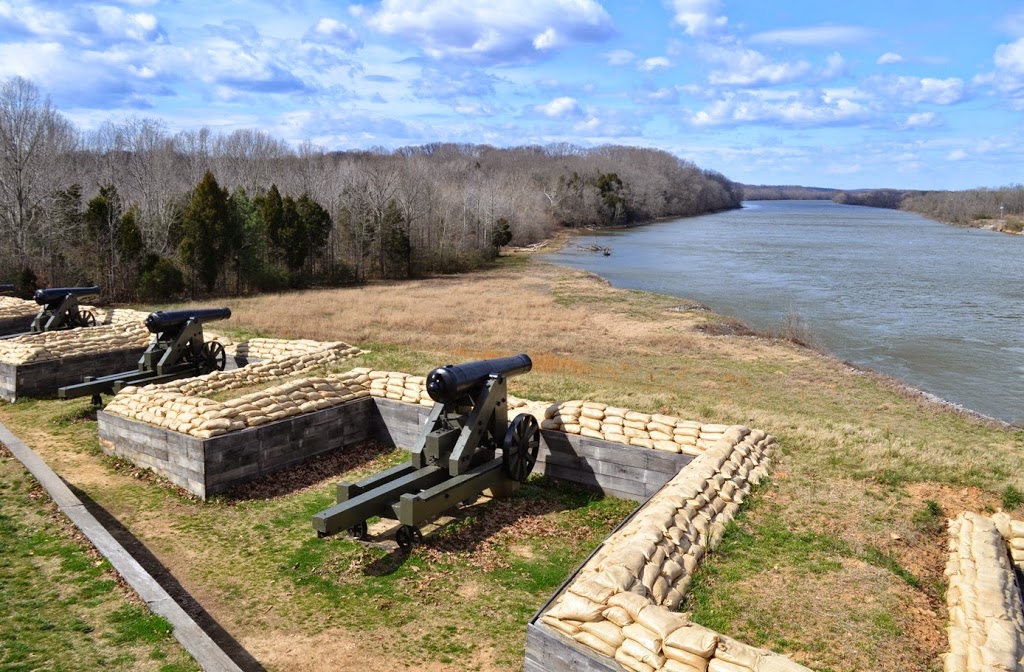It was in fact Henri Lhote, a French scholar and explorer, who introduced the world to the existence of the Tassili-n-Ajjier rock paintings. After a first mission in 1935 carried out for fifteen months, Lhote returned again in 1956 and 1957, thanks to the guidance of Machar Jebrine Ag Mohamed Said Jebrine, bringing with him a team of painters and photographers.
This is how Tassili’s astonishing paintings were "recorded" on paper, painted with tempera and exhibited for the first time in 1957 and then in 1958 in the Museum of Decorative Arts in Paris, defined by André Malraux. Usually these drawings are kept in the National Museum of Natural History in Paris, and rarely on display.
Located in a strange lunar landscape of great geological interest, the site of Tassili en Ajjer has one of the most important groups of prehistoric rock art in the world.
More than 15,000 drawings and engravings have fixed (and recorded for us) on the rock walls climate changes, animal migrations and, above all, the evolution of human life in the Sahara from 6000 B.C. to the first centuries of our time.
The universal value of this site is therefore exceptional, so much so that it is part of the UNESCO World Heritage Sites.
